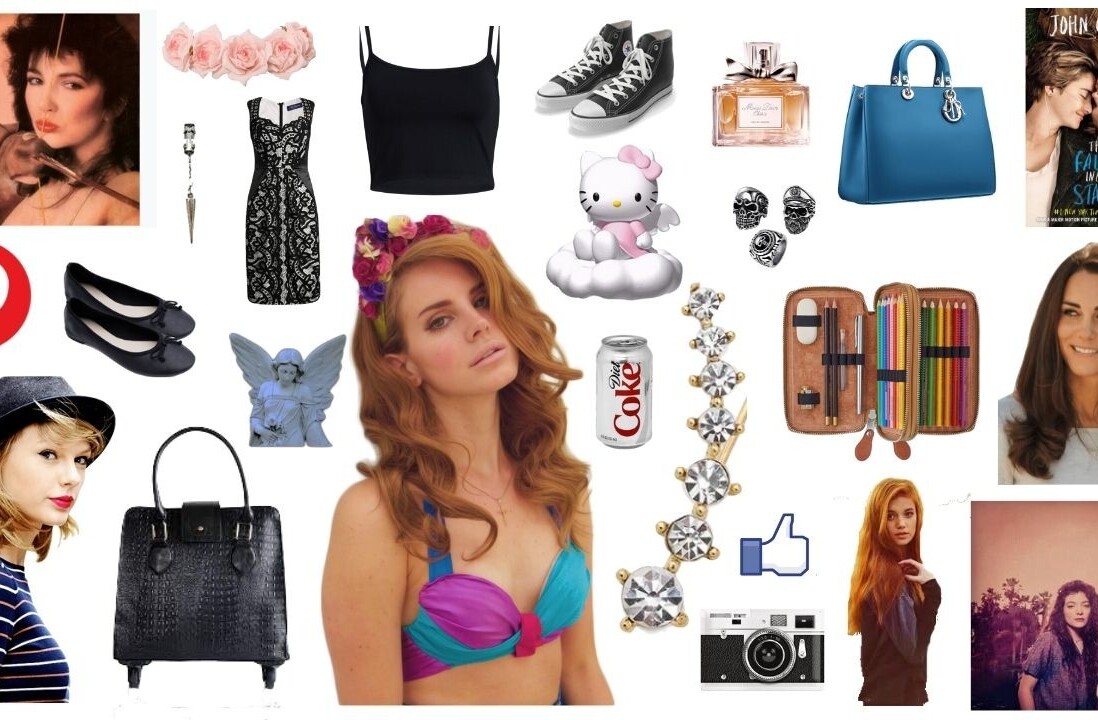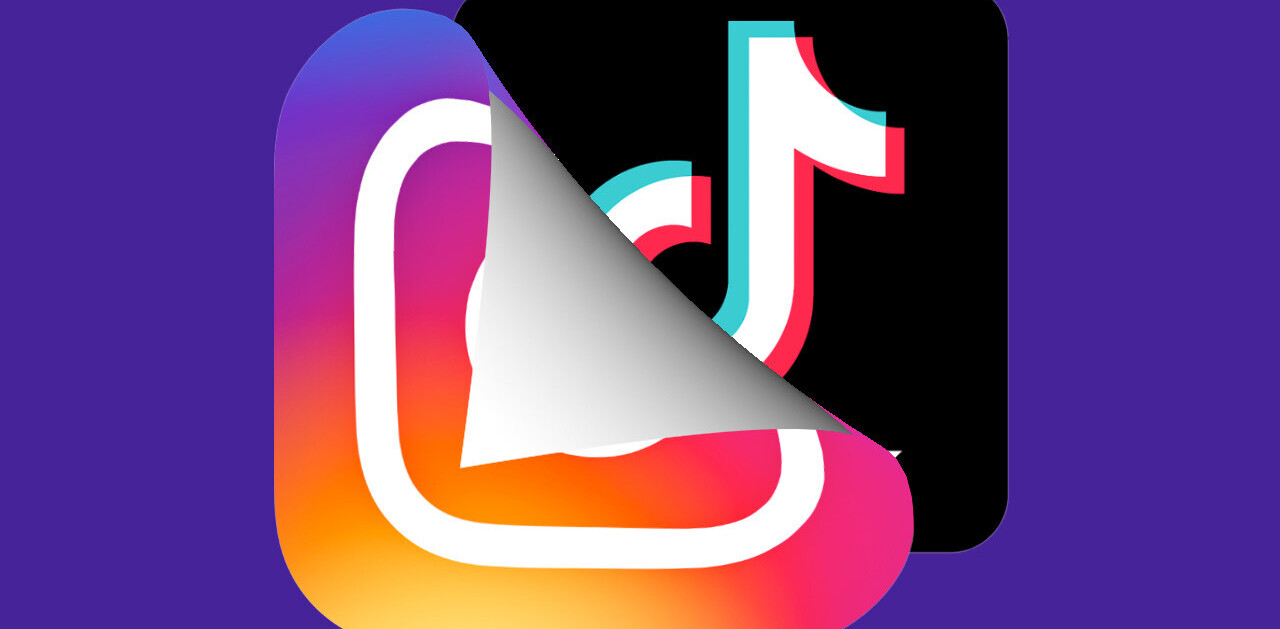
Demian Farnworth is the Chief Copywriter for Copyblogger Media. This article originally appeared on the Mention blog.
We all have our pet formulas. The go-to sources we love for great headline ideas.
For some it’s a swipe file full of head-turning advertising headlines. For others it’s scanning the headlines of their favorite magazines. Still others work their way through a set of templates like Jon Morrow’s Headline Hacks or Copyblogger’s Magnetic Headlines.
My old-standbys are the fifth chapter in a rugged copy of Tested Advertising Methods by John Caples and the four U’s (unique, ultra-specific, useful, and urgent).
But write long enough and you’ll exhaust these sources and start looking for alternatives. Something to add a little juice to your headlines.
Having been in this business for nearly 15 years, I’ve worn out quite a few alternatives. And I’ve seen quite a few problems crop up, too.
Common headline formula mistakes
For instance, working your way through a set of templates is a great start to a great headline. But it’s not the same thing. You can’t plug in a few keywords and call it a day.
Let’s say Shannon took “[Do something] just like a [world-class example]” and turned it into “Monitor Your Reputation Just Like a World-Class Sniper,” and called it a day.
That’s a stupid headline. And we all know it.
Because the magic is not in the formula. The magic comes from knowing what to put in those blanks — and what not to put in. For example, rookies tend to put in features rather than meaningful benefits.
I just saw this one today: “How to Create Epic Content.” There is a little curiosity behind that headline, but no benefit. It’s all feature. Instead, write “64 Ways to Destroy Your Competition with Epic Content (Before They Destroy You).” That’s not only useful, but it’s ultra-specific and unique. And a wee bit urgent.
And the magic comes in knowing what is unique among your audience. What they consider useful, urgent and meaningful. In other words, your audience comes first.
That’s what this article is all about.
Introducing the empathy map
In my time as a copywriter, I’ve experimented with all kinds of methods that allow me to understand my audience. Recently, my favorite has been the empathy map.
This is a tool that allows your team to join the conversation that is going on inside your customer’s heart. It allows you to understand how they feel about you and your topic. It helps you uncover their pains, what they hope to gain.
On a macro level you can use this tool to flesh out the full-bodied picture of your ideal audience member. But you can use it on a micro level, too.
Start by drawing a simple empathy map like this:
Then walk through these six steps.
1. What are they thinking?
Before they reach your article, what is your ideal reader thinking about? What problems do they need solved? How do they think about their fears and hopes? Do they hear positive feedback about your company and your blog from external sources?
Write things like: “If I work harder, success will come. I just need to put in more time. Study more headline books. Write more headlines. They will come. They should come.”
2. What are they seeing?
What does a typical day look like in their world? What do they see when they use your product? What is the environment? What do they hear when other people use your product?
Write things like: “I sit in front of my laptop and look at the headlines I wrote yesterday and wonder what’s wrong with me. Those are horrible. They are boring. I’m just copying the templates. They aren’t unique.”
3. What are they feeling?
What do they say or feel when using your product, whether in private or public? When reading your blog posts? Following you on social media? Consuming your videos or Slideshares? How do they feel about their life? Career? Relationships with their parents or spouse? Ask questions relevant to your industry.
Write things like: “I deserve this. Hard work equals success. Why am I jealous of those who have the success I so desperately want? Why do I squirm with hatred when I see someone with a great headline over and over and over? Why are my efforts being frustrated?”
4. What are they doing?
Are they doing anything to overcome their obstacles? What are their obstacles? What options are available to them? How do they try to solve their problems? Do they throw their hands up in frustration (like a fatalist)? Or evaluate every product with a cocked eye (like a cynic)?
Write things like: “I want to be more productive, but I give up by the afternoon because I can’t come up with a good headline. I write headlines, but they’re all stupid. I want to feel like I have more freedom, and I am able to do the things I want to do, and I slave over headlines, but they are all stupid. I have a notebook full of stupid headlines.”
5. Pains
What keeps them up at night? What frustrates them? What are their obstacles they need to overcome?
Write things like: “I don’t have the money to buy more headline books. And I don’t have anyone to look this over for me. Maybe if someone could mentor me. Or if there was a way I could get to know my audience. I can’t figure out how to know my audience.”
6. Gains
What do they hope to gain? What gets them out of bed in the morning? What drives them? Family? Appearance? Career? Money?
Write things like: “I want to write a headline that people go nuts over. That’s sexy. Hot. People share it like crazy on Twitter. People can’t resist it. It’s like a Buzzfeed article.”
Did you see what just happened?
During this simple exercise we were searching for trigger words such as frustrated, stupid, jealousy. Those could become part of your headline. You are searching for their language. You are searching for what they want.
I have to confess that this exercise alone will not get you to a sexier headline. That comes by combining all your sources — by taking what you learned from the empathy map and running it through these magnetic headline formulas; playing with different arrangements to make it useful, unique, or ultra-specific; and peeking at a few hot headlines on your favorite magazines.
That’s exactly what I did with this article.
Remember, the more intimate you are with your reader, the more they’ll enjoy your article. And over time you won’t have to rely on this exercise for each headline or sales page you need to write. You’ll have a glossary full of ideas on how they think, feel, see, things they say, pains they want to avoid, and gains they want to enjoy — an index loaded with resources you can harvest at anytime.
How to inform your empathy map
Let me close by answering that remaining question rumbling around in your head: How do I know what to write in my empathy map? I don’t know much about my ideal reader. If that’s you, here’s what you need to do:
- Ask your audience — Publish a post asking questions based upon the six categories of the empathy map. Direct your readers to reply via the comment section or by email. Or, crowdsource for ideas on social media.
- Conduct a survey — Create a quick form with Google Docs and share the link via your blog and social networks.
- Conduct interviews — Invite ten to fifteen to an individual in-depth interview.
- Consult your persona profiles — If you’ve already created personas, then most of the heavy lifting is already done for you. If not, here’s a great guide to help you get started.
The sources to help you understand your ideal reader are limitless. These are a great place to help you get started.
So, what do you think? Share your thoughts in the comments.
Read next: Here are the most popular words used in viral headlines
Get the TNW newsletter
Get the most important tech news in your inbox each week.






